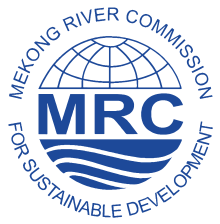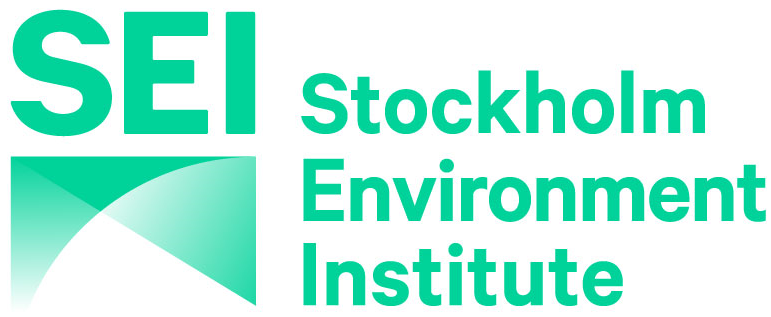Map Updated:
Intensity of Current Conditions
-
No Drought
-
Moderately Dry
-
Severely Dry
-
Extremely Dry
-
No Data
DISCLAIMER
All the information products which are available in this information system have been generated with the highest degree of accuracy possible and depict the information at regional and national scales. Local conditions are subjected to change based on the local climatic conditions. These products have been produced based on the latest available satellite and global modeled data and subject to update every two weeks.
Intensity of Current Conditions
| Drought Category | Probability of Occurrence | Risk Level | Possible Observe Conditions and Impacts | |
|---|---|---|---|---|
| Moderate Drought | 0-60 % | Medium |
|
|
| Severe Drought | 0-20 % | High |
|
|
| Extreme Drought | 0-20 % | High |
|
Outlook Warning
| Warning Category | Description (Source: G. Sepulcre-Canto et al, 2012) | |
|---|---|---|
| Watch | Precipitation is less than normal. There is an increased likelihood that there will be a drought affecting agriculture. The situation should be monitored closely and responses should be put into preparation. | |
| Warning | Soil moisture is in deficit. Drought that affects agriculture is expected. Put response strategies into action in order to minimise exposure. | |
| Alarm | Vegetation shows signs of stress. Drought has begun to affect agriculture. Continue with or strengthen response strategies and monitor the situation closely |
DROUGHT SUMMARY
[[item.Desc]]
INTERACTIVE MAP
FEATURE ARTICLES/KNOWLEDGE CENTER
CLIMATE STUDIES
Mekong Drought and Crop Watch
Droughts in the Lower Mekong region negatively impact ecosystem services, food and water security, and biodiversity. These impacts are exacerbated by climate change, further highlighting the need for improved governance and decision-making in virtually all sectors.
- improve the operational, technological, and institutional capabilities to prepare for and respond to droughts in the Lower Mekong region.
- support local decision-makers in drought monitoring, analysis, and forecasting.
- provide policy makers and growers with current and forecast drought indices to facilitate decision-making within the current growing season.
- provide ecological and financial forecasting information to inform seasonal cropping decisions. Subsequent functionality may include additional information relevant to decisions at sub-seasonal or multi-year temporal scales.
The system can be used to assist local governments and the agricultural sector with seasonal drought forecasting and in implementing short and long-term mitigation measures during and in advance of droughts. It can also be used to characterize droughts through accurate, reliable, and timely estimates of their severity and impacts. In addition, the system can inform assessments of the economic, social, and environmental impacts of drought on vulnerable people and water-related resource systems. And finally, it can help develop critical regional and local thresholds reflecting increasing levels of risk and vulnerability to drought, as agreed by stakeholders.


NASA Jet Propulsion Laboratory (JPL)

Michigan State University

University of Massachusetts Amherst

Mekong River Commission

Vietnam Academy of Water Resources

Spatial Informatics Group

Stockholm Environment Institute

Deltares